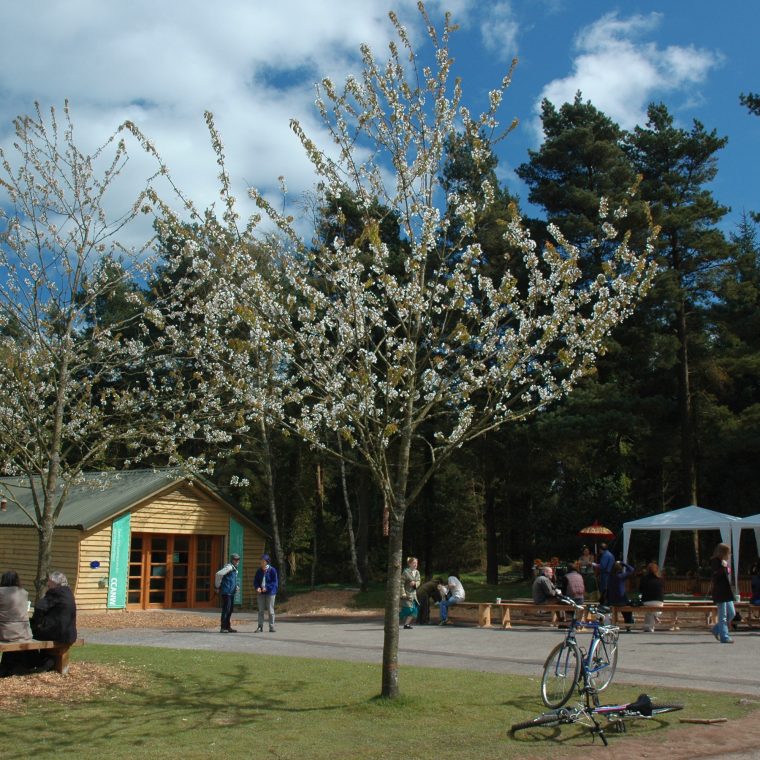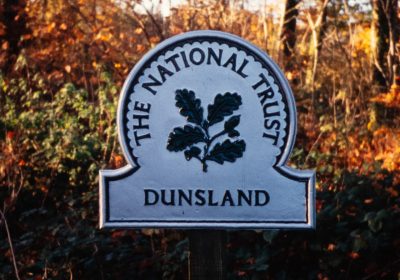25 years of
Achievements and lessons learnt
The purpose of the archive is to document and celebrate CCANW’s achievements and draw lessons from our successes and mistakes for the benefit of future generations.
The archive is dedicated to my wife Jill who has supported the project from its inception, and my thanks go to our son Tom who has designed the archive with such style. The majority of the text has been written by myself, as CCANW’s founder and longest serving Director, and I am happy to be contacted by email. My personal website is cliveadams.art
Image: CCANW’s Project Space in spring 2006. Photo Chris Lewis.

25 years of
Locations
In the autumn of 1995, encouraged by the opportunities offered by Arts Council England’s Arts Capital Fund from the proceeds of the National Lottery, the search began for a location in Devon in which to establish CCANW.
25 years of
Projects
Whilst CCANW had a Project Space at Haldon its work was delivered by its own staff and involved several partnership projects, such as the University of the Trees. It began close links to the Research in Art, Nature and the Environment group and Arts and Environment Network.
Moving to the Innovation Centre, it organised a number of smaller exhibitions, but much of its time was spent on delivering the Soil Culture project with numerous partners.
At Dartington, it worked closely with art.earth to deliver the Science Walden project with a South Korean institute and Evolving the Forest conference with the Royal Forestry Society. It also forged academic links with Bath Spa University and worked internationally; with the Global Network of Water Museums and over a proposed network of botanical gardens.
Finally, it worked on the Our Living Soil project with the British Society of Soil Science, linking COP26 with the World Congress of Soil Science in Glasgow.
Research in Art, Nature and the Environment
2004-15
Haldon Pre-Opening Activities
2005-13
Haldon Programmes
2006-13
University of the Trees
2006-11
Arts and Environment Network
2007-20
Soil Culture
2013-16
Exhibitions at the Innovation Centre
2013-17
art.earth
2016-2022
Evolving the Forest
2016-20
Working with Korea
2017
Science Walden Project
2018-20
Global Network of Water Museums
2016-onwards
Network of Botanical Gardens
2016-20
Bath Spa University
2017-on going
Our Living Soil
2019-22
25 years of
Fundraising
After a Feasibilty Study on the Dunsland Project was abandoned in 1997, the Arts Council agreed that £20,000 from its grant could be used to assess other options. Poltimore was chosen and the remainder of the grant (£55,000) contributed to a detailed Development Study.
In 2001, an application to the Arts Council’s Arts Capital Programme (ACE/ACP) failed and we had to withdraw another to the Heritage Lottery Fund (HLF); a new application to the HLF failed in 2002. Consultancy funded by the South West Regional Development Agency (SWRDA) confirmed that Poltimore was unviable and a new site in the Haldon Forest was identified in 2004. CCANW converted a redundant building and ran a successful programme until it was forced to leave in 2013, due to increased challenges in securing regular funding from the Arts Council, local authorities and the EU.
It moved to the Innovation Centre and the Soil Culture programme was successfully delivered despite continued financial difficultues. At the invitation of art.earth it moved its base to Dartington in 2015 but, despite securing significant international funding, no new funds from the Arts Council were secured and CCANW closed in 2020.





